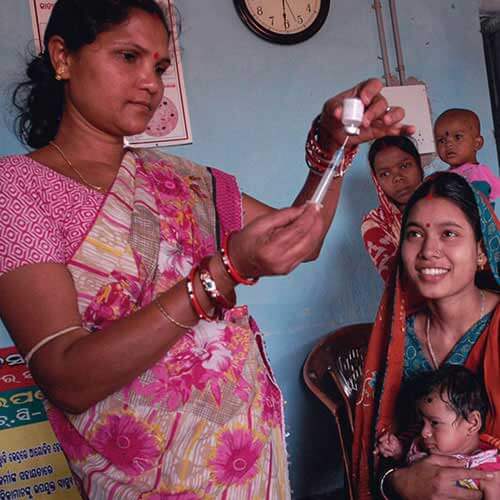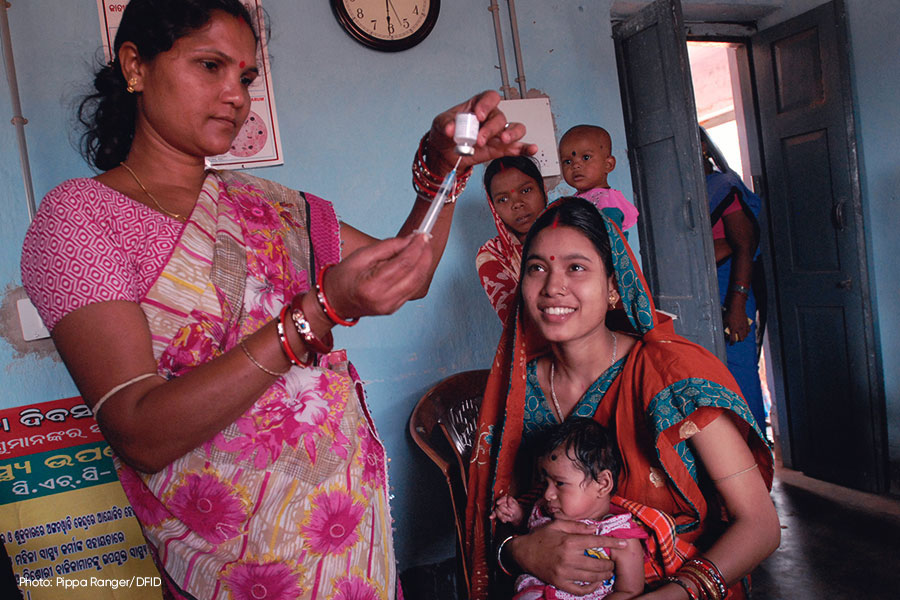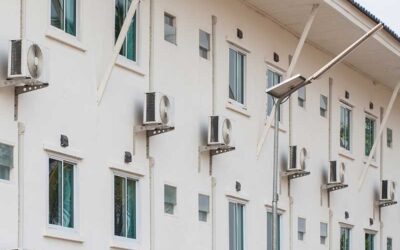Energy Access: Essential Enabler for Public Health


There is a critical link between energy access and public health. Both of them are UN Sustainable Development Goals but their interdependence has often been overlooked.
India’s GDP has experienced a significant growth in the past decade and ranked as the fifth largest economy in the world in 2019, surpassing the United Kingdom and France. It is also one of the fastest growing economies amongst the G20 countries. However, its Human Development Index (HDI) rank is 130 out of 189 countries, with an HDI value of 0.64 in 2017. There is a strong relationship between per capita energy consumption and HDI specifically at low levels of energy consumption.
Energy Poverty in India
India is home to 18% of the world’s population but its share in the world’s primary energy consumption is only 6%. The issue of energy poverty is still more prevalent than income poverty, in India. Most astonishingly, there is a wide disparity between rural and urban areas in terms of energy access. To overcome this and provide electrification to all households, in 2017, the government of India (GoI) launched the Saubhagya Scheme or Pradhan Mantri Sahaj Bijli Har Ghar Yojana. According to Saubhagya Scheme, only 0.01% of the households are unelectrified. A village is declared electrified if at least 10% of the total number of households in it are electrified. Although, the success of rural electrification should not be measured solely based on connections provided, but also based on the provision of reliable and quality power supply during peak hours. According to Rajya Sabha Data, 2018 around 21.7 %, i.e. 3.9 crores out of a total of 18.1 crore rural households are still unelectrified. This again brings us back to the issue of lack of energy access with reliable and affordable power supply for all.
Therefore, despite being one of the flourishing economies in the world, rural India still faces issues related to energy access such as lack of last-mile connectivity resulting in inadequate access to public health center facilities and services, lack of access to essential life-saving health-care interventions; vaccine spoilage; rural women and children being prone to illnesses such as arthritis and asthma, and issues related to food and water security, etc.
Super-Efficient Appliances: A Sustainable Solution for Increasing Access to Vaccines
GoI launched Universal Immunization Program (UIP) in 1985 to reduce mortality and morbidity due to vaccine preventable diseases by providing high quality immunization, specifically through its effective and efficient supply cold-chain, which is comprised of transit storage facilities and cold/freezer rooms at vaccine store level; refrigerators and other cold storage facilities at public health center level to maintain vaccines’ given temperature and increasing its access to the rural community. In 2015, GoI in partnership with UNDP launched Electronic Vaccine Intelligence Network (eVIN), an electronic vaccination intelligence network system that will enable healthcare workers to effectively manage vaccine logistics and have real-time data on vaccines availability and their temperature. Despite numerous efforts, GoI is still facing vaccine loss up to 25%, even before it reaches to doctors and patients, due to inadequate cold storage and vaccine supply cold-chain facilities. Super-efficient refrigerators and freezer rooms would not only reduce vaccine loss but would also reduce energy consumption by 30%, which is crucial in off-grid and weak-grid rural areas.
The study conducted by AEEE ‘Increasing Energy Access by Using Super-Efficient Appliances in Rural Homes and Productive Businesses: India Stakeholders Mapping Report’ stated that one of the ways to tap into the benefits of end-use energy efficiency is by using super-efficient appliances in the off-grid rural community. The energy requirement in the case of Solar Home System (SHS) equipped with super-efficient appliances is 75% less than SHS with conventional appliances, resulting in energy access for all. Theses appliances require less power and can be operated on a comparatively small-sized off-grid as well as grid systems resulting in increasing affordability of the off-grid systems and associated balance of system components. The energy saved could be used for operating multiple appliances/technologies and for providing energy access for all.
Energy poverty in India has a serious adverse impact on health, in particular for women and children. Affordable and reliable energy access through the use of super-efficient appliances at public health centers in off-grid and weak-grid rural India would act as an essential enabler for expanding and providing access to various medical facilities and technologies for all.
The blog has been written by Research Analyst, Srishti Sharma with inputs from AEEE’s report titled “Increasing Energy Access by Using Super-Efficient Appliances in Rural Homes and Productive Businesses: India Stakeholders Mapping Report”.




